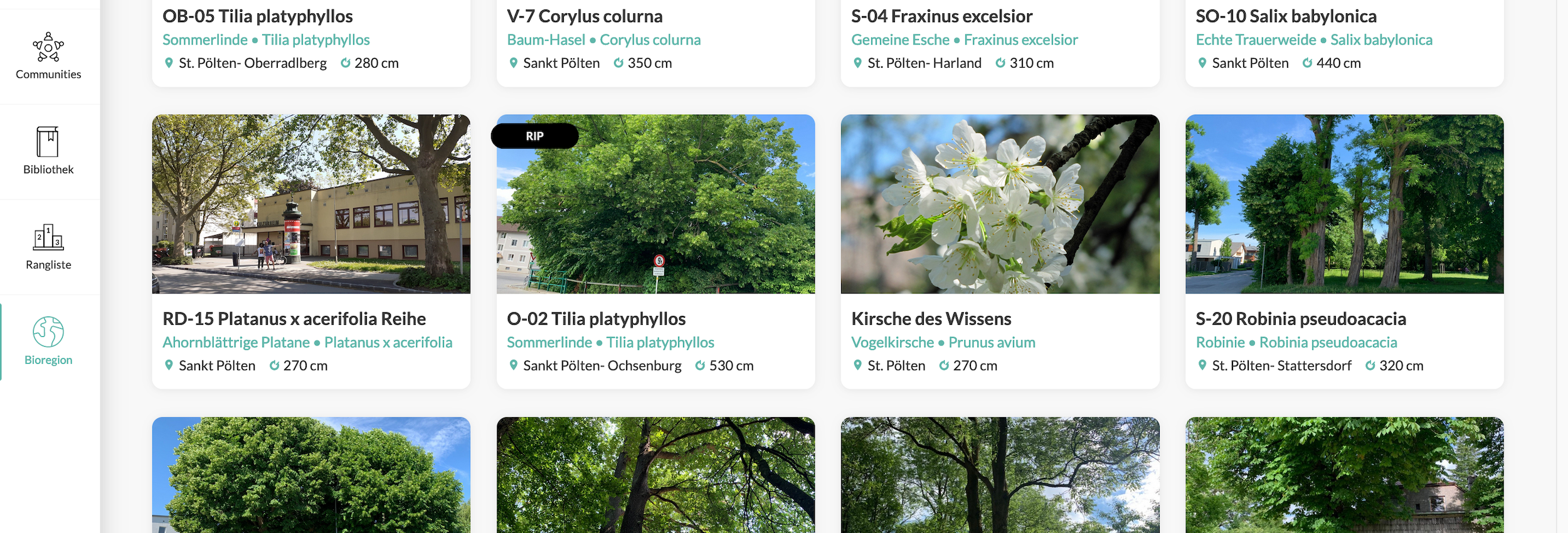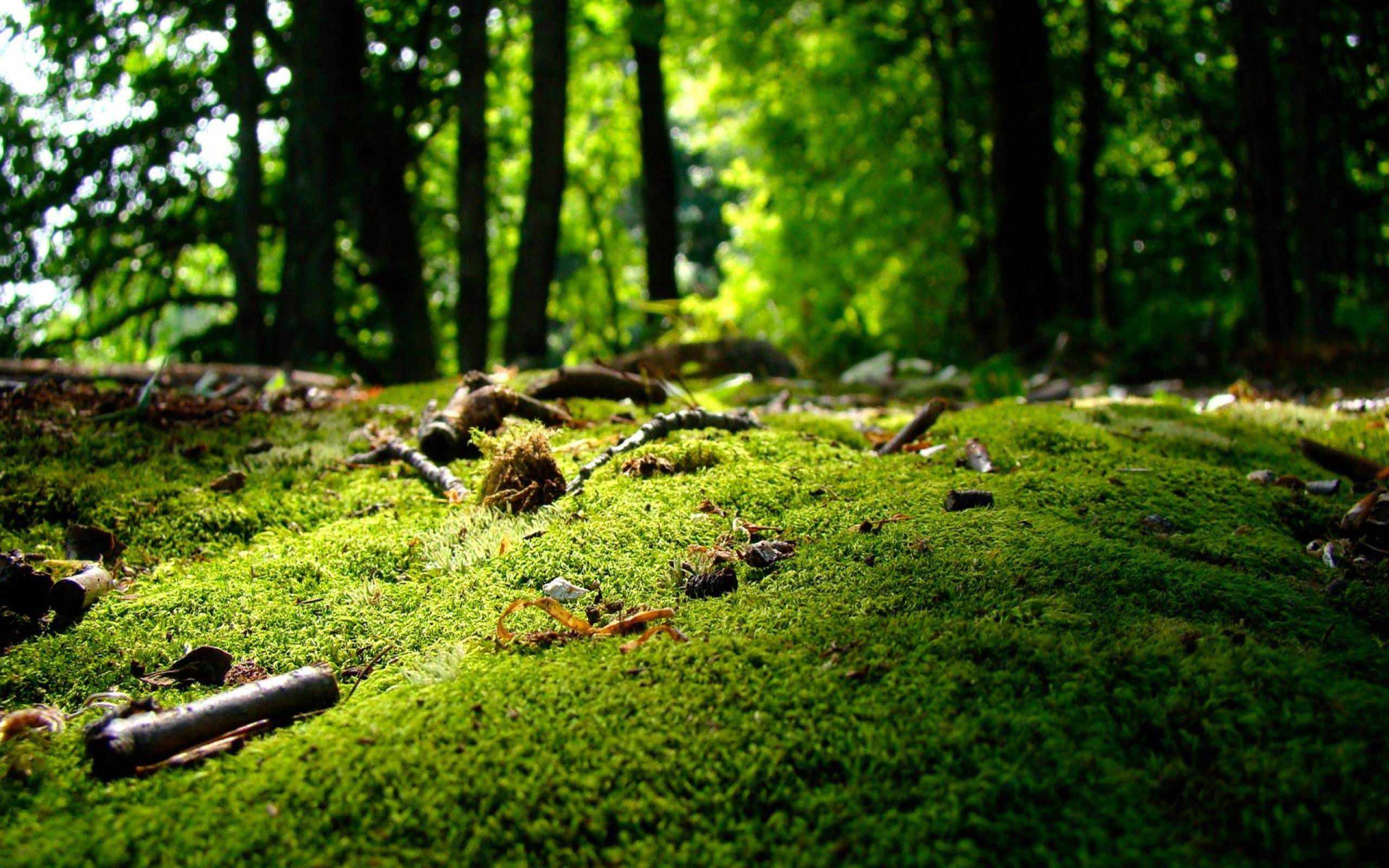Author:
Green Steps
Short summary:
An important functionality of our tree inventory is online: the RIP tag. even though we don't want to use it often its essential to empower citizen driven transparency in regard to trees which have been logged without consent of people concerned.

We have introduced for Summer Solstice a crowd sourced and citizens owned tree inventory as part of the ARK’s phase 2 development. Recalling in a nutshell: Phase 1 was about structuring and visualizing informal learning experiences on sustainable development beyond nations and organizations in a gamified event platform. Phase 2 is about creating Bioregional Identities as a stepping stone to scale the Overview Effect, i.e. a cognitive shift which shall help humanity to collaborate as a single species which needs to protect its habitat.
Bioregional Identities can be created through different educational activities. In Green Steps STP we have chosen routes along ancient trees. In the course of assessing more than 400 trees with a trunk diameter of more than 250 cm, we observed that old trees do not received necessary protection. In fact some of these giants are brutally removed to make space for city development. We have reported on one such case in the past.
Even though we don't want to use this new functionality too often, its essential to empower citizen driven transparency in regard to trees which have been logged without the consent of people concerned. We have therefore added a RIP tag to label trees which have been removed in a commons.
How to add a RIP tag to a specimen?
1. Click on the Bioregion icon in the main menu
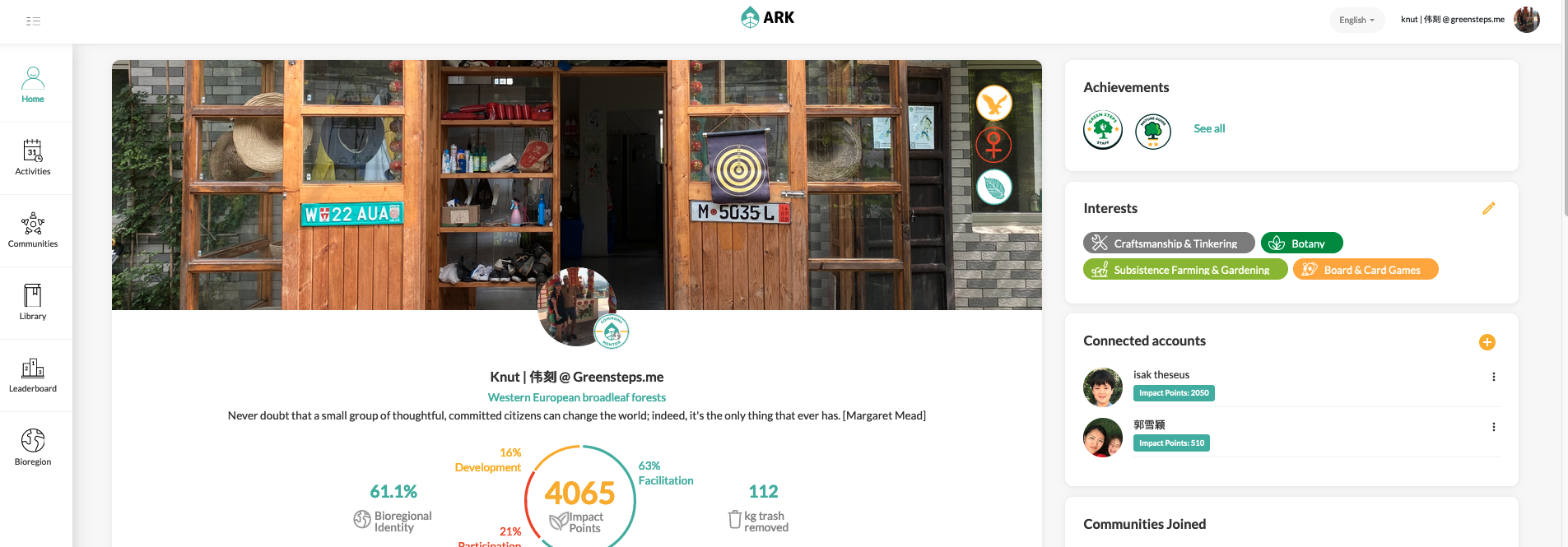
2. Choose the SPECIMEN tab
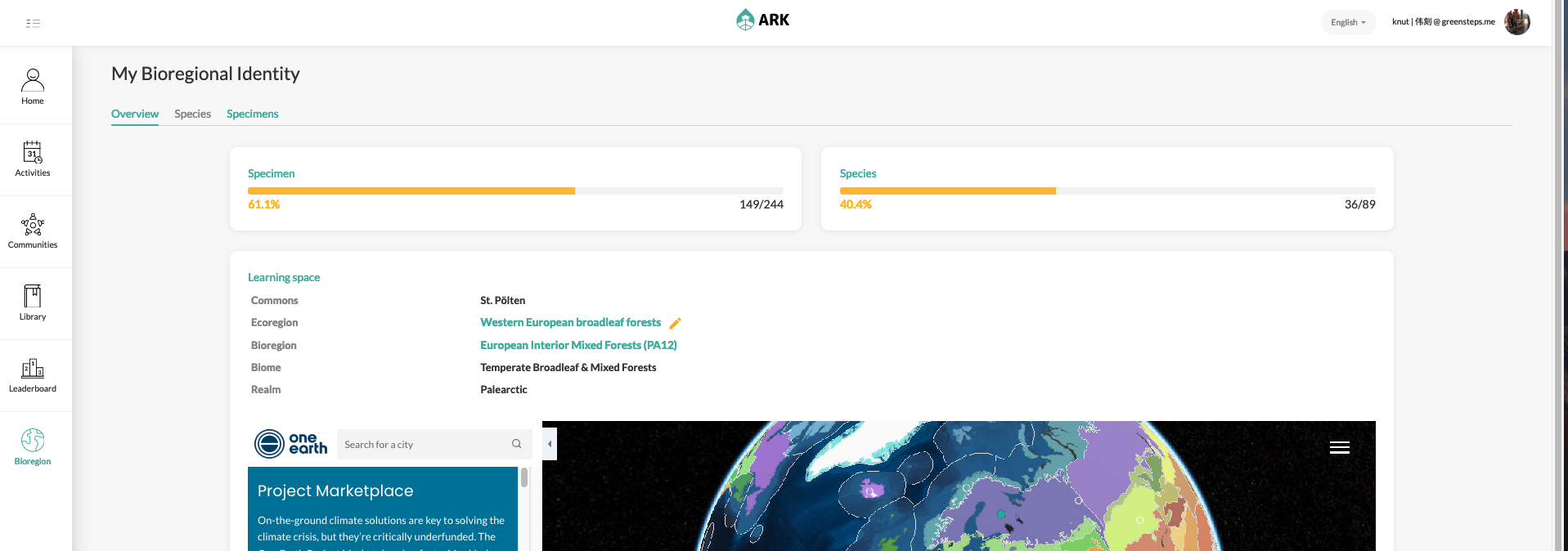
3. Select the entry you want to change

4. Open the SPECIMEN form, update the measurement date and select the RIP box. If you want, add information on how and why the tree was logged.
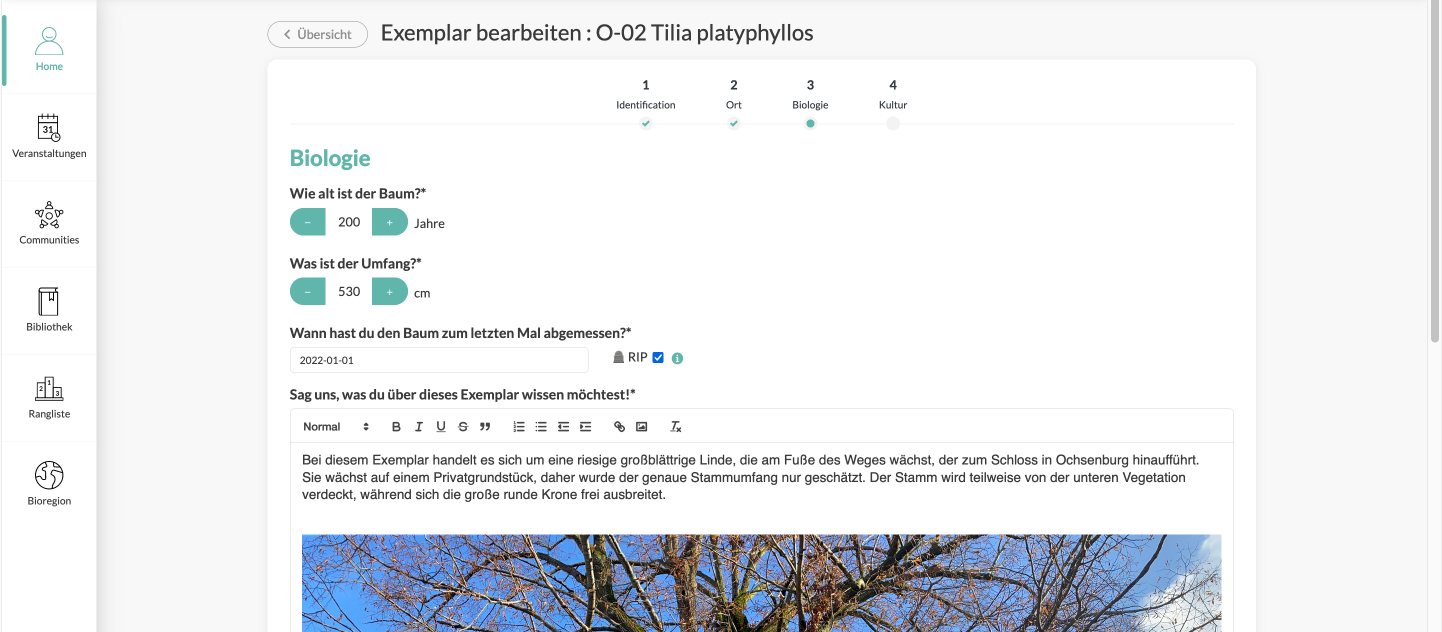
5. Publish the SPECIMEN again and confirm that the RIP tag shows.
